Featured Databases
These are databases (public or private) of multimodal cardiac 2D and 3D sequences, manual references and other diagnostic information.
TED database
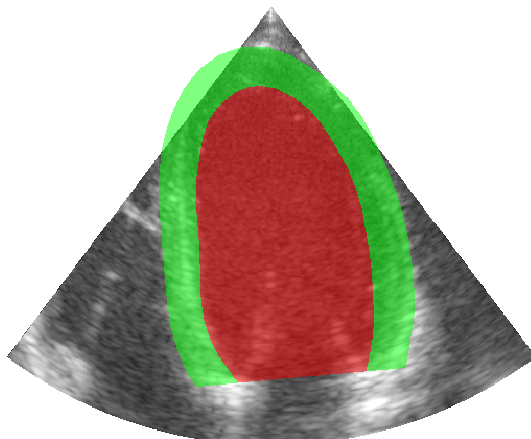
with annotations
98 clinical patients from the CAMUS dataset - 2D+t cardiac ultrasound sequences covering one full cardiac cycle (apical 4 chamber view, centered on the left ventricle) + manual contouring on the full cardiac cycle (left ventricle and myocardium). This dataset comes from a research project between CREATIS (France) and VITALab (Canada) laboratories
CAMUS synthetic database

2D 4-chamber view sequences
Simulated 2D apical four chamber view sequences along with the reference myocardial motion field for 100 virtual patients from the CAMUS dataset. This dataset comes from a research project between CREATIS and Philips Research Suresnes FRANCE
Duplex database
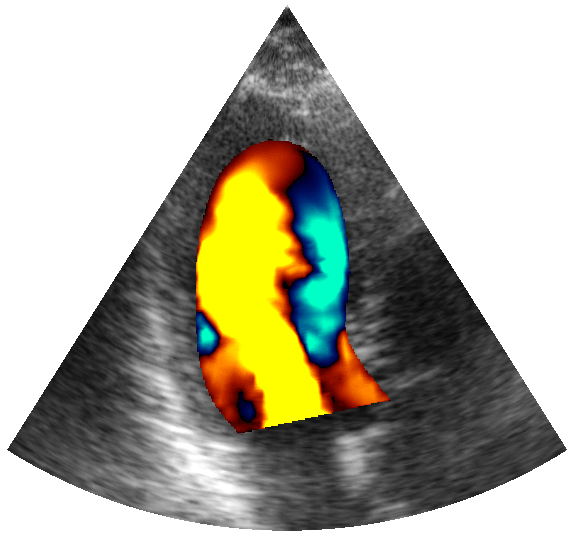
duplex sequences
20 simulated sequences along with the reference motion. This dataset comes from a research project between IMAG and CREATIS
CETUS database
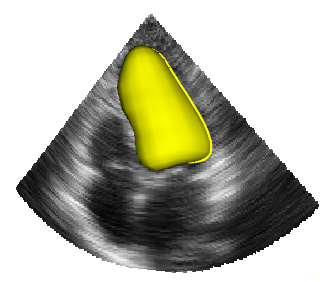
Three-dimensional Ultrasound Segmentation
45 clinical patients - 3D+t cardiac ultrasound sequences covering one cardiac cycle and centered to the left ventricle + 3D manual contouring at end-diastole and end-systole. These data come from the CETUS challenge organized during the MICCAI 2014 conference.
Multimodal straus database
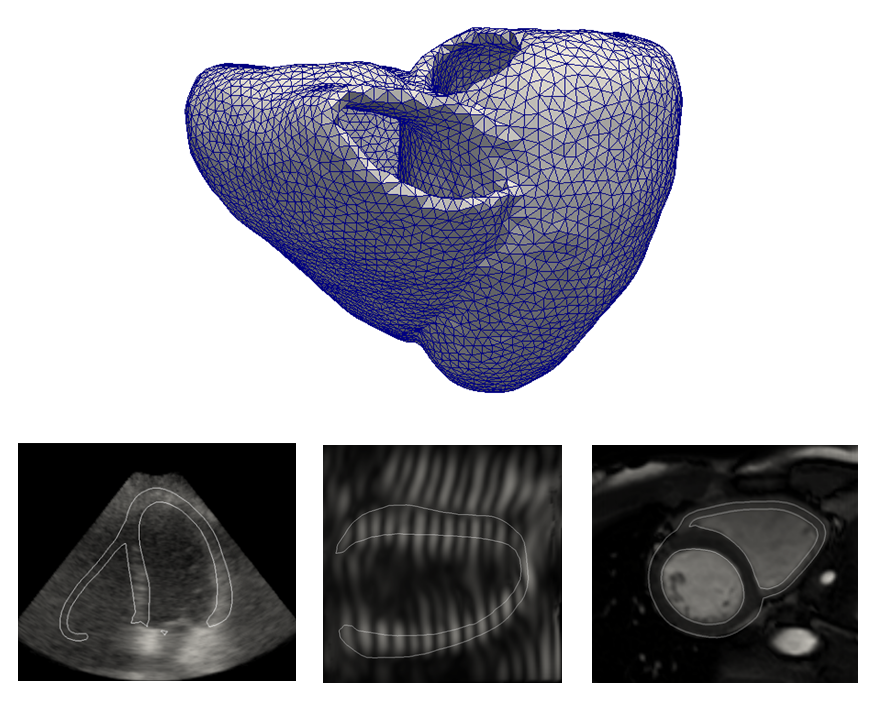
cardiac sequences.
18 virtual patients - 3D+t cardiac ultrasound, cine-MRI and tagged-MRI of the same virtual patient + reference motion. These simulated data come from the Multimodal Straus initiative supervised by Philips Research Suresnes FRANCE, CREATIS and INRIA (Team ASCLEPIOS)
Revolus database
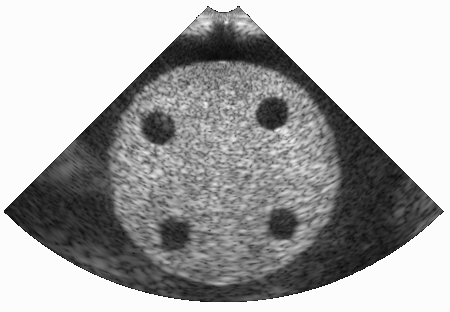
spinning disks in ultrasound imaging.
50 simulated sequences + 5 in-vitro 2D+t ultrasound sequences along with reference motion. This dataset comes from a research project between Philips Research Suresnes FRANCE and CREATIS
ACDC database
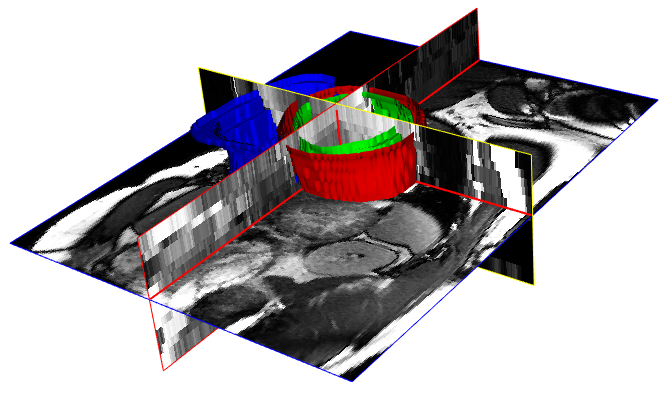
150 clinical patients - 3D+t cardiac cine-MRI + 3D manual contouring of the left ventricular endocardium and epicardium as the right ventricular endocardium for both end diastolic and end systolic phase instances. Each data is classified according to 5 classes: normal case, heart failure with infarction, dilated cardiomyopathy, hypertrophic cardiomyopathy, abnormal right ventricle. These data come from the ACDC challenge.
MIMI database
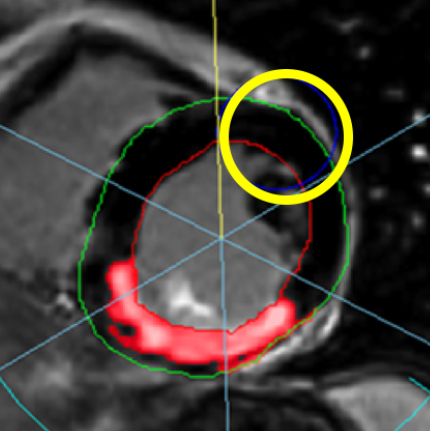
MIMI (Minimalist Immediate Mechanical Intervention) is a multicentric randomised trial comparing immediate stenting and 24-48h delayed stenting in 140 patients treated with primary PCI. The primary endpoint was the Micro Vascular Obstruction at the MRI at the 4th day. The MR protocol included T1, T2, T2*, Cine and 3D+2D Late Gadolinium Enhancement (LGE) SA acquisition. Additional long axis 2cav and 4cav cine, as well as LGE were also acquired in most cases. All LGE images have been segmented for infract size using CMRSegTools. Experts contours are also available in .csw format.
Publication
Belle L, Motreff P, Mangin L, Rangé G, Marcaggi X, Marie A, Ferrier N, Dubreui O, Zemour G, Souteyrand G, Caussin C, Amabile N, Isaaz K, Dauphin R, Koning R, Robin C, Faurie B, Bonello L, Champin S, Delhaye C, Cuilleret F, Mewton N, Genty C, Viallon M, Bosson JL, Croisille P; MIMI Investigators. Comparison of Immediate With Delayed Stenting Using the Minimalist Immediate Mechanical Intervention Approach in Acute ST-Segment-Elevation Myocardial Infarction: The MIMI Study. Circulation: Cardiovascular Interventions, March 2016, Volume 9, Issue 3. doi:10.1161/CIRCINTERVENTIONS.115.003388.
If you are interested by the MIMI cohorts data, please contact us by email (Pierre CROISILLE) describing your project and interest. As a response you will receive the collaboration terms for the utilisation of the data.
You must agree to the terms and conditions in the collaboration agreement. After your affirmative reply to the collaboration terms, all the information to download the data (login and password) will be sent.








